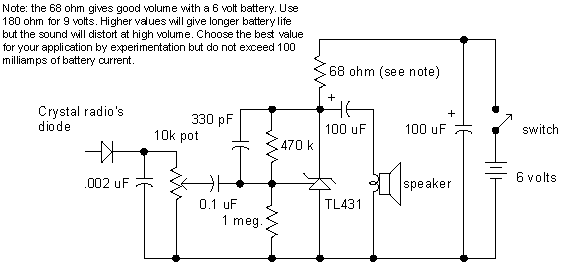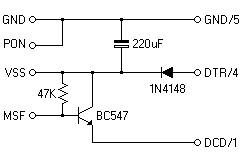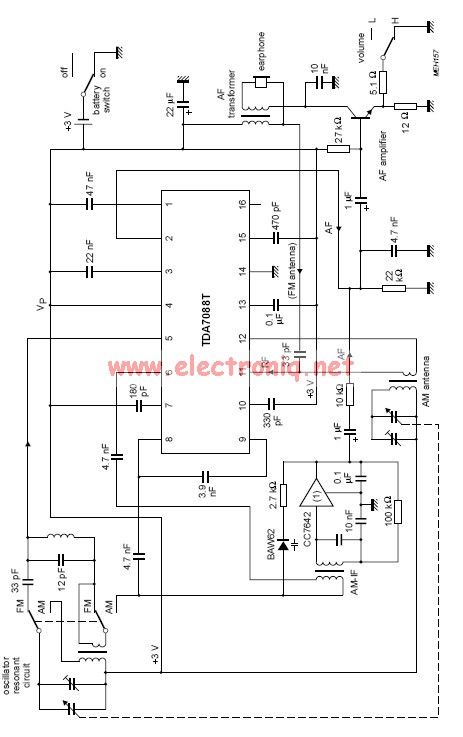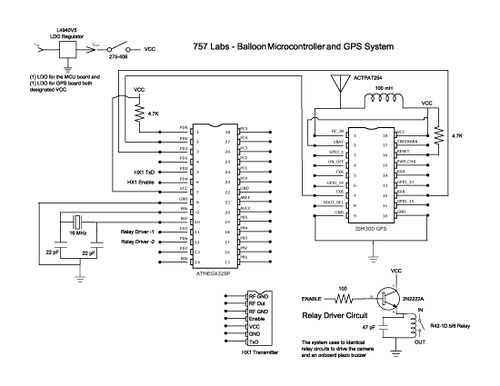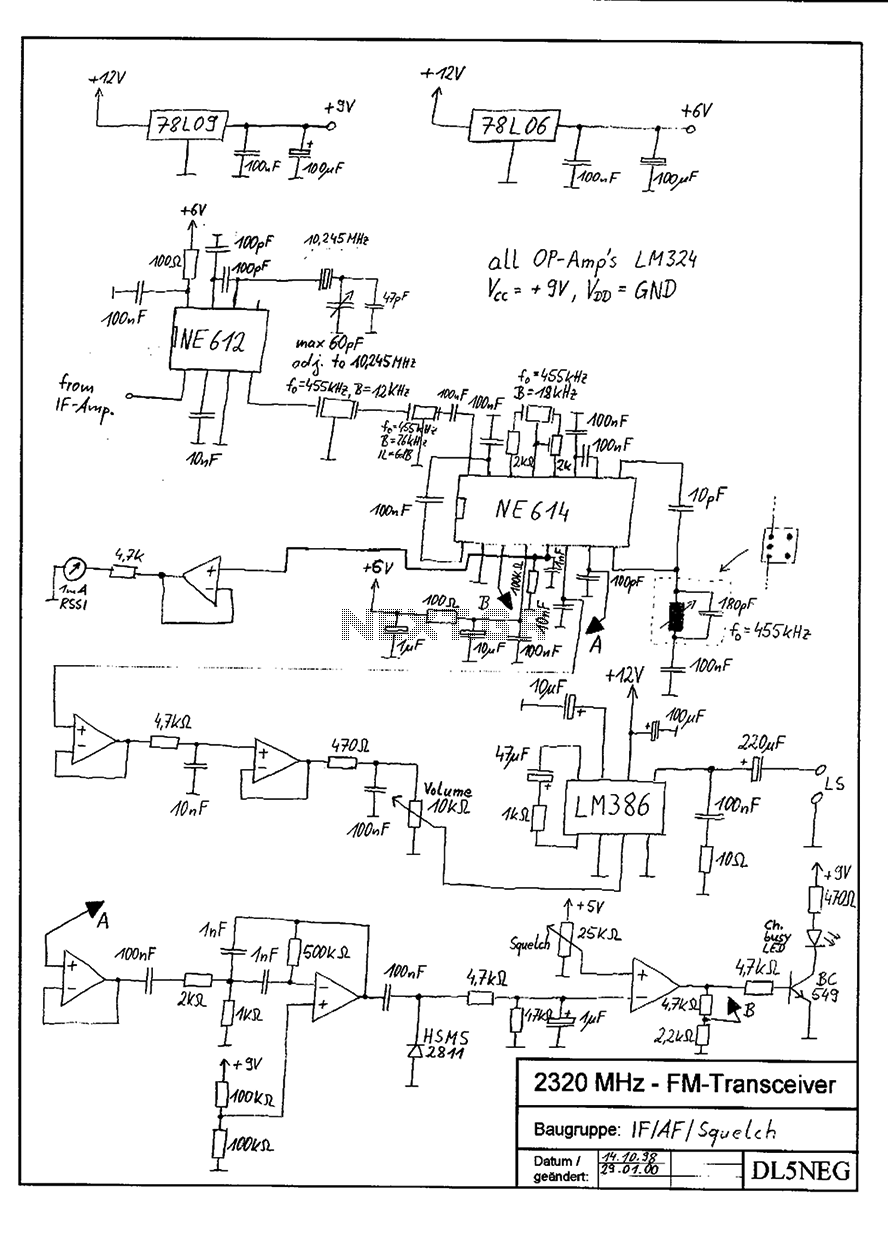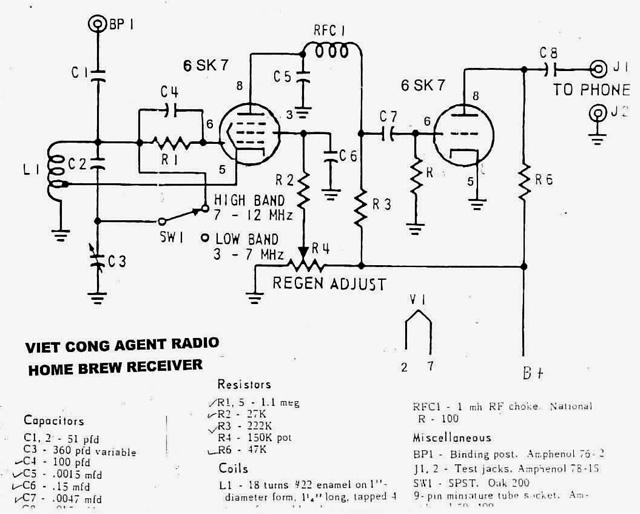
AM RADIO RECEIVERS
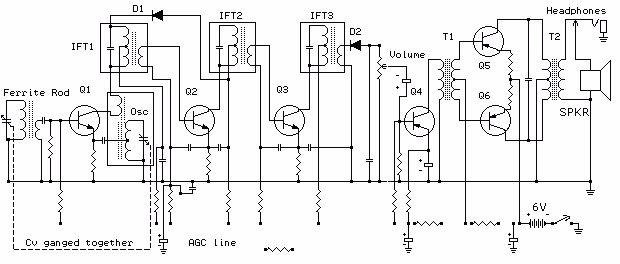
Firstly because of the modulation process we generate at least two copies of the intelligence plus the carrier. For example consider a local radio station transmitting on say 900 Khz. This frequency will be very stable and held to a tight tolerance. To suit our discussion and keep it as simple as possible we will have the transmission modulated by a 1000 Hz or 1Khz tone. At the receiving end 3 frequencies will be available. 900 Khz, 901 Khz and 899 Khz i.e. the original 900 Khz (the carrier) plus and minus the modulating frequency which are called side bands.
In amplitude modulation (AM), the modulation process involves varying the amplitude of the carrier signal in accordance with the information signal (the intelligence). In this case, a local radio station transmits at a frequency of 900 kHz, which serves as the carrier frequency. The modulating signal is a 1 kHz tone, which introduces sidebands around the carrier frequency.
At the transmitter, the carrier signal is generated using a stable oscillator circuit, typically involving a crystal oscillator to ensure frequency stability. The modulating signal is then combined with the carrier signal using a modulator circuit, which can be implemented with components such as transistors or operational amplifiers configured for amplitude modulation. This results in the creation of two sidebands: one at 901 kHz (the upper sideband) and another at 899 kHz (the lower sideband).
At the receiver, an antenna captures the transmitted signal, which contains the carrier and the sidebands. A radio receiver typically employs a tuned circuit to select the desired carrier frequency (900 kHz) while rejecting others. The signal is then demodulated to extract the original audio signal (the intelligence) from the modulated carrier. This demodulation process can be achieved using an envelope detector or a synchronous demodulator, depending on the design requirements.
The presence of the sidebands is crucial for the transmission of the audio information. The bandwidth of the transmitted signal is determined by the modulating frequency. In this case, the total bandwidth required is 2 kHz (from 899 kHz to 901 kHz), which encompasses both sidebands and the carrier frequency. This bandwidth consideration is essential for ensuring that the transmitted signal does not interfere with adjacent channels in the radio spectrum. Thus, the modulation process not only facilitates the transmission of information over radio waves but also requires careful design to adhere to regulatory standards and achieve clear communication.Firstly because of the modulation process we generate at least two copies of the intelligence plus the carrier. For example consider a local radio station transmitting on say 900 Khz. This frequency will be very stable and held to a tight tolerance. To suit our discussion and keep it as simple as possible we will have the transmission modulated by a 1000 Hz or 1Khz tone.
At the receiving end 3 frequencies will be available. 900 Khz, 901 Khz and 899 Khz i.e. the original 900 Khz (the carrier) plus and minus the modulating frequency which are called side bands. 🔗 External reference
In amplitude modulation (AM), the modulation process involves varying the amplitude of the carrier signal in accordance with the information signal (the intelligence). In this case, a local radio station transmits at a frequency of 900 kHz, which serves as the carrier frequency. The modulating signal is a 1 kHz tone, which introduces sidebands around the carrier frequency.
At the transmitter, the carrier signal is generated using a stable oscillator circuit, typically involving a crystal oscillator to ensure frequency stability. The modulating signal is then combined with the carrier signal using a modulator circuit, which can be implemented with components such as transistors or operational amplifiers configured for amplitude modulation. This results in the creation of two sidebands: one at 901 kHz (the upper sideband) and another at 899 kHz (the lower sideband).
At the receiver, an antenna captures the transmitted signal, which contains the carrier and the sidebands. A radio receiver typically employs a tuned circuit to select the desired carrier frequency (900 kHz) while rejecting others. The signal is then demodulated to extract the original audio signal (the intelligence) from the modulated carrier. This demodulation process can be achieved using an envelope detector or a synchronous demodulator, depending on the design requirements.
The presence of the sidebands is crucial for the transmission of the audio information. The bandwidth of the transmitted signal is determined by the modulating frequency. In this case, the total bandwidth required is 2 kHz (from 899 kHz to 901 kHz), which encompasses both sidebands and the carrier frequency. This bandwidth consideration is essential for ensuring that the transmitted signal does not interfere with adjacent channels in the radio spectrum. Thus, the modulation process not only facilitates the transmission of information over radio waves but also requires careful design to adhere to regulatory standards and achieve clear communication.Firstly because of the modulation process we generate at least two copies of the intelligence plus the carrier. For example consider a local radio station transmitting on say 900 Khz. This frequency will be very stable and held to a tight tolerance. To suit our discussion and keep it as simple as possible we will have the transmission modulated by a 1000 Hz or 1Khz tone.
At the receiving end 3 frequencies will be available. 900 Khz, 901 Khz and 899 Khz i.e. the original 900 Khz (the carrier) plus and minus the modulating frequency which are called side bands. 🔗 External reference
